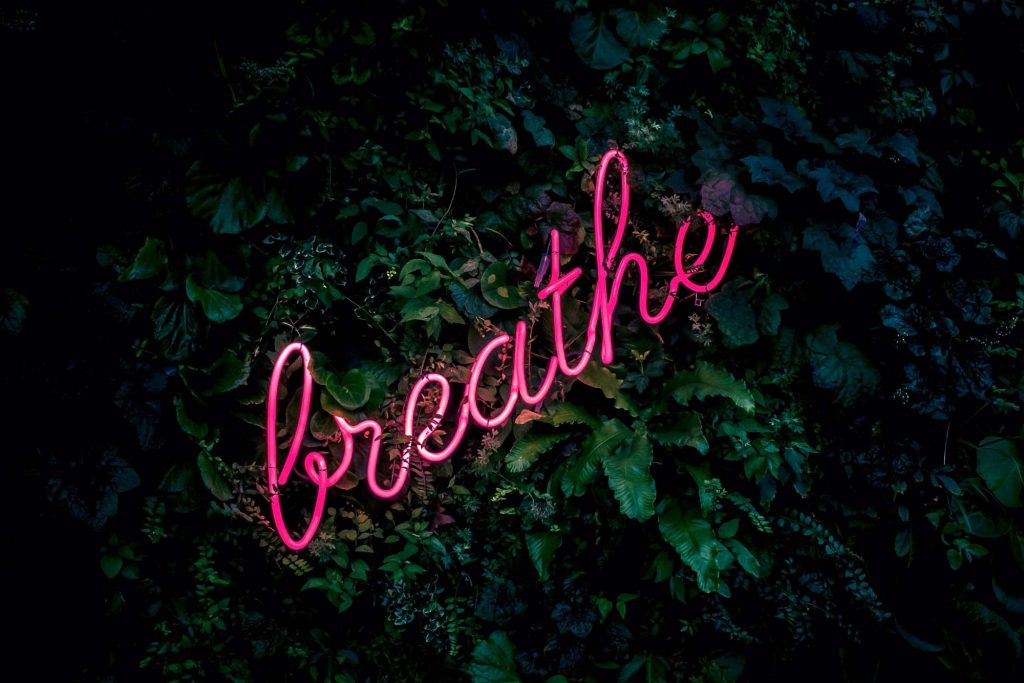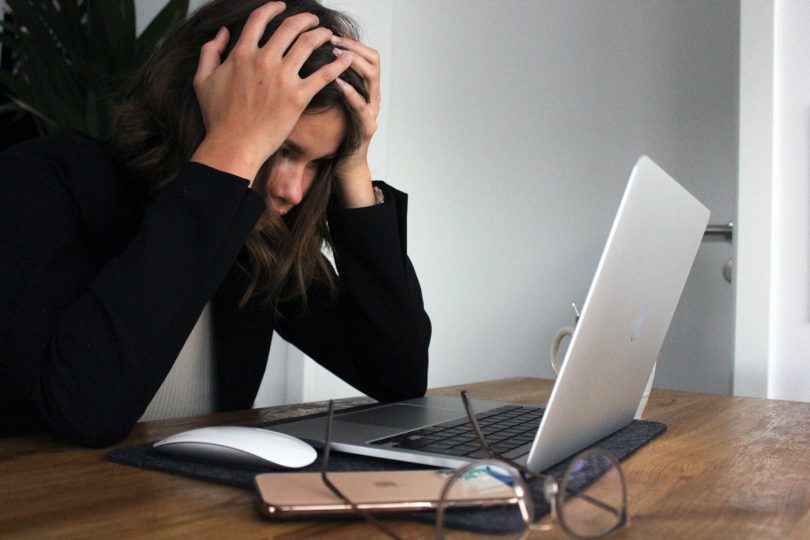Historical events like wars and pandemics cause extraordinary levels of daily stress. We are being challenged to build stress management skills into our daily routines to help us stay resilient.
I’m a Youth Mentor and EFT Practitioner specialising in stress and anxiety. I teach teens and Uni students how to expand their stress-regulation toolbox in easy ways that feel doable and help them feel better, quickly. In this article, I share my top four stress management tips for building stress-regulation into your daily life: mindful micro-movements, stretching while you wait, sighing versus deep breathing experiments, chest breathing versus diaphragmatic breathing experiments.
Top tips for stress management
- Play around with mindful micro-movements.
One of the mistakes people make when they’re trying to build new stress management habits into their day is that they try to walk before they can run. Breathing exercises, while they seem simple, are actually quite hard to remember to do on a daily basis. Especially when we are first starting out creating daily micro-habits for stress management.
I find mindful micro-movements are far more doable, and clients instantly feel less stressed when they do them – sometimes more quickly than if they took a couple of deep breaths.
One of my favourite exercises to do with clients is to guide them through a comparison of two micro-movements for those moments when they become aware that they are hunching over their phones/laptops/ipads.
Try sitting up straight, by pulling your shoulders back. Take a moment to notice: Do you feel better, or worse?
Now try this: lift your spine up, by starting this micro-movement from your waist. And notice: Do you feel better, or worse?
Alternate between these two micro-movements a couple of times, and notice which of the two feels more relaxing. Whenever you notice you’re hunching over your phone, ipad or computer, see if sitting up a bit with your preferred micro-movement will help you feel better.
2. Stretch while you wait.
Daily stressors associated with uncomfortably long waiting periods can lead to an incremental build-up of muscle tension during the day. Repeatedly waiting for a long time in queues, whether it’s waiting for an exam to start or waiting in a long queue at the Post Office, can cause a build-up of muscle tension over the course of a day. Especially if the wait feels frustrating or uncomfortable.
Start by doing a quick body scan to see what part of your body is tensing up as you wait, and then notice how you feel after doing the stretch.
It could be as simple as a little 10 second neck stretch, if you feel your neck is starting to tense up while you wait. Or you could take 30 seconds to just stretch your hamstrings out a bit, if you’re waiting in a long outdoor queue, by using the sidewalk to help go into a nice destressing stretch.
If you’re feeling a bit self-conscious about stretching in public (“What will people think if they see me stretching for a few seconds in public??”), challenge yourself to do a small stretch as a little experiment to see if anyone looks like they’re judging you. I find that people are so absorbed in their own worries and thoughts that most people don’t even notice! And the ones who do notice don’t seem to care. People have other things on their mind that are more important than being bothered by someone who is just stretching in the queue!
So, instead of waiting for your next yoga class to stretch out that build-up of muscle tension, try building mini stretches into your daily “wait time” moments.

3. Compare how you feel after you take a deep breath in with how you feel after you sigh.
Ever heard someone say “just take a few deep breaths – you’ll be fine” as stress management advice? It’s true that deep breaths help to calm the nervous system. However, if you are experiencing traumatic levels of stress (which is more and more common now with the pandemic) it can feel quite uncomfortable, and even triggering for some, to take deep breaths. A safer way to achieve the same result as taking a deep breath in, without the uncomfortable sensations that can sometimes come with trying to take a deep breath in, is to simply reverse the order: and that’s to do a nice big sigh.
Have a go!
Start by taking a deep breath in, and then take a moment to notice how you feel. Follow it up with a nice big sigh, and then take a moment to notice how you feel. Did you notice that our belly expands after we sigh? It’s cool, isn’t it! Sighing is basically the equivalent of taking a deep breath in, but in reverse. It’s a gentler way of taking a deep breath in. Which of the two approaches feels better for you?
There’s no right or wrong answer here. Just notice what your body needs right now and try to embed more of that into your daily stress management routine. When I lead this exercise with clients, most people report feeling more relaxed after sighing, but there’s no hard or fast rule. Everyone is different, so listen to your body and follow that.
4. Compare how you feel after doing chest breathing with how you feel after doing diaphragmatic breathing.
Diaphragmatic breathing is also known as “belly breathing” because you direct the breath into your belly. This is a different kind of breathing to when you direct your breath to your chest. You can tell the difference between these two types of breathing by placing one hand on your chest, and one on your tummy. And then try to direct your breathing into your belly, and then into your chest (you’ll feel your tummy and chest expand accordingly).
Now let’s do a little experiment. Let’s compare how you feel when you take a couple of deep breaths into your chest, versus how you feel after you take a couple of deep breaths into your belly. Notice how you feel after doing a few rounds of chest breathing, compared to how you feel after you do a few rounds of belly breathing. Which of the two feels more relaxing in your body?
What next?
You’ll notice that the first two exercises are easier to master than the second two, so even if all you do is play around with the first one or two suggestions this week – that’s progress. Less haste, more speed. Praise yourself for taking a step in the right direction. It’s better to take one of these four tips and get curious about it by applying it as often as you can, than to try to do all four and fail to incorporate any of them into your daily life.
Creating new stress management habits takes patience and perseverance. It’s best to start small by focusing on trying one stress management tip at a time than to try to do too much, all at once.
Do you find yourself procrastinating, when it comes to stress management daily routines? Thoughts like “I know what to do, I’m just not doing it” suggest the real issue is getting started with building stress management habits. If you are like “Yup! That’s me…” then you may want to read my next article on how doing EFT tapping can help you overcome procrastination, so you can do more of what’s good for your health.




Leave a Comment